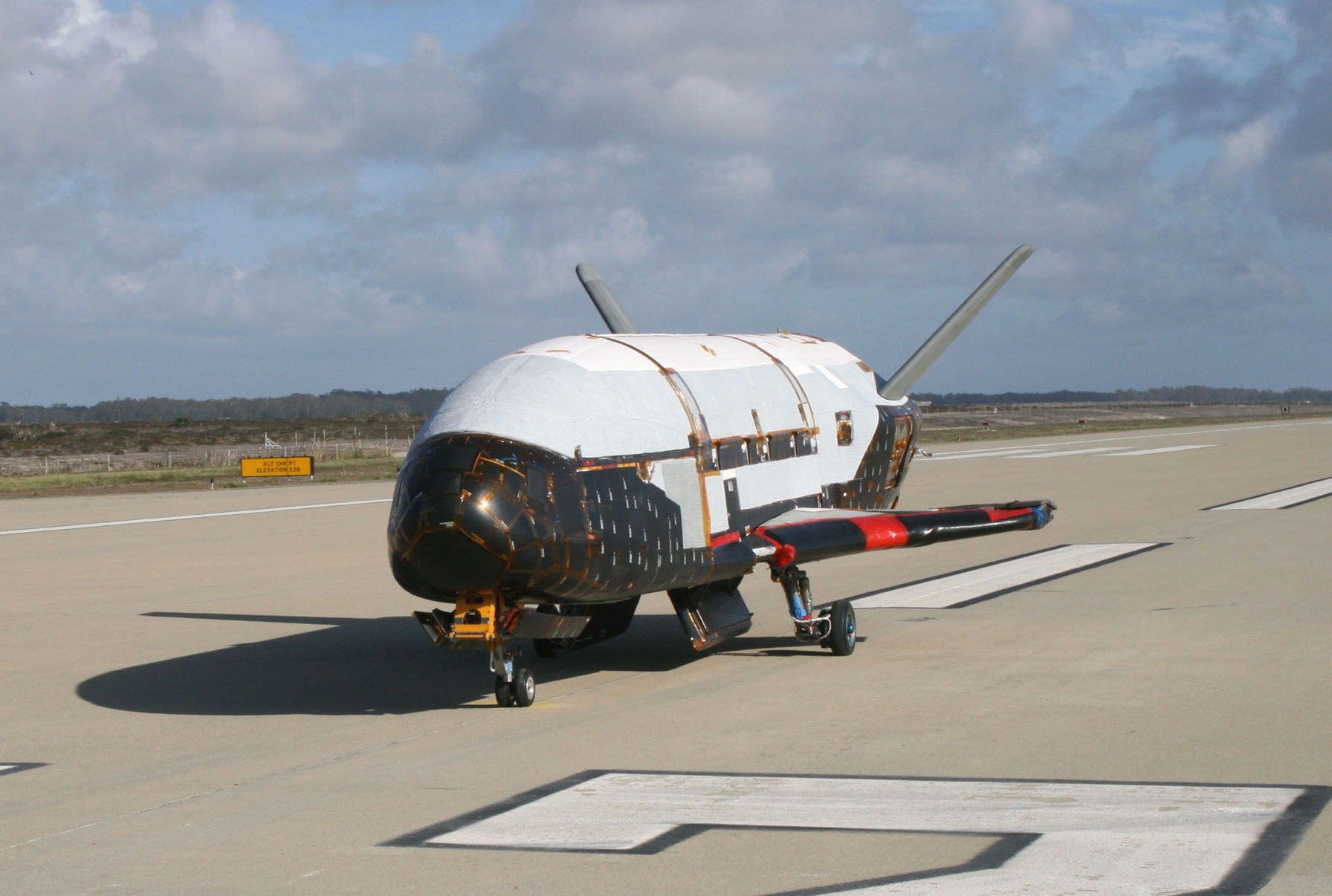
The latest orbital mission of China's mysterious space plane may be nearing its end.
The hush-hush vehicle, which launched to Earth orbit on Aug. 4, ejected something on Monday (Oct. 31), according to astrophysicist and satellite tracker Jonathan McDowell, of the Harvard-Smithsonian Center for Astrophysics.
The newly released object "may be a service module, possibly indicating an upcoming deorbit burn," McDowell, of the Harvard-Smithsonian Center for Astrophysics, said via Twitter on Monday.
Related: The latest news about China's space program
The Chinese spaceplane launched on Aug 4 was in a 597 x 608 km x 50.0 deg orbit as of Oct 31; at around 1200 UTC it ejected an object (52418) that may be a service module, possibly indicating an upcoming deorbit burnNovember 1, 2022
That's not the only possible explanation, however.
The ejected object could also be "a small satellite for monitoring the space plane," SpaceNews' Andrew Jones wrote in a story that posted today (Nov. 2). "Chinese crew capsules have previously released 'Banxing' small companion satellites for monitoring purposes. It could also be a test for deploying small satellite payloads into orbit."
Whatever the object is, its release probably heralds the mission's impending end — if a single previous data point is a reliable guide, anyway. The Chinese space plane has one other orbital mission under its belt, a two-day jaunt in September 2020 that ended shortly after a similar ejection, as Jones noted.
Get the Space.com Newsletter
Breaking space news, the latest updates on rocket launches, skywatching events and more!
Such speculation is pretty much all we have to go on, for China has said very little about the space plane or its activities.
For example, this is how China's state-run Xinhua news agency described the mission (in Chinese; translation by Google) just after it lifted off in early August:
"The test spacecraft will be in orbit for a period of time before returning to the scheduled landing site in China, during which reusable and in-orbit service technology verification will be carried out as planned to provide technical support for the peaceful use of space."
Western experts think the mysterious vehicle is roughly the same size as the U.S. Space Force's robotic X-37B space plane, which is about 29 feet (8.8 meters) long. The U.S. military is tight-lipped about the Boeing-built X-37B as well, revealing details about only a select few of the payloads the space plane totes on its orbital missions.
The X-37B is aloft now, and has been for quite some time: The program's sixth-ever mission lifted off on May 17, 2020. It's unclear when the X-37B will come back down to Earth.
Mike Wall is the author of "Out There" (Grand Central Publishing, 2018; illustrated by Karl Tate), a book about the search for alien life. Follow him on Twitter @michaeldwall. Follow us on Twitter @Spacedotcom or on Facebook.
Join our Space Forums to keep talking space on the latest missions, night sky and more! And if you have a news tip, correction or comment, let us know at: community@space.com.

Michael Wall is a Senior Space Writer with Space.com and joined the team in 2010. He primarily covers exoplanets, spaceflight and military space, but has been known to dabble in the space art beat. His book about the search for alien life, "Out There," was published on Nov. 13, 2018. Before becoming a science writer, Michael worked as a herpetologist and wildlife biologist. He has a Ph.D. in evolutionary biology from the University of Sydney, Australia, a bachelor's degree from the University of Arizona, and a graduate certificate in science writing from the University of California, Santa Cruz. To find out what his latest project is, you can follow Michael on Twitter.









